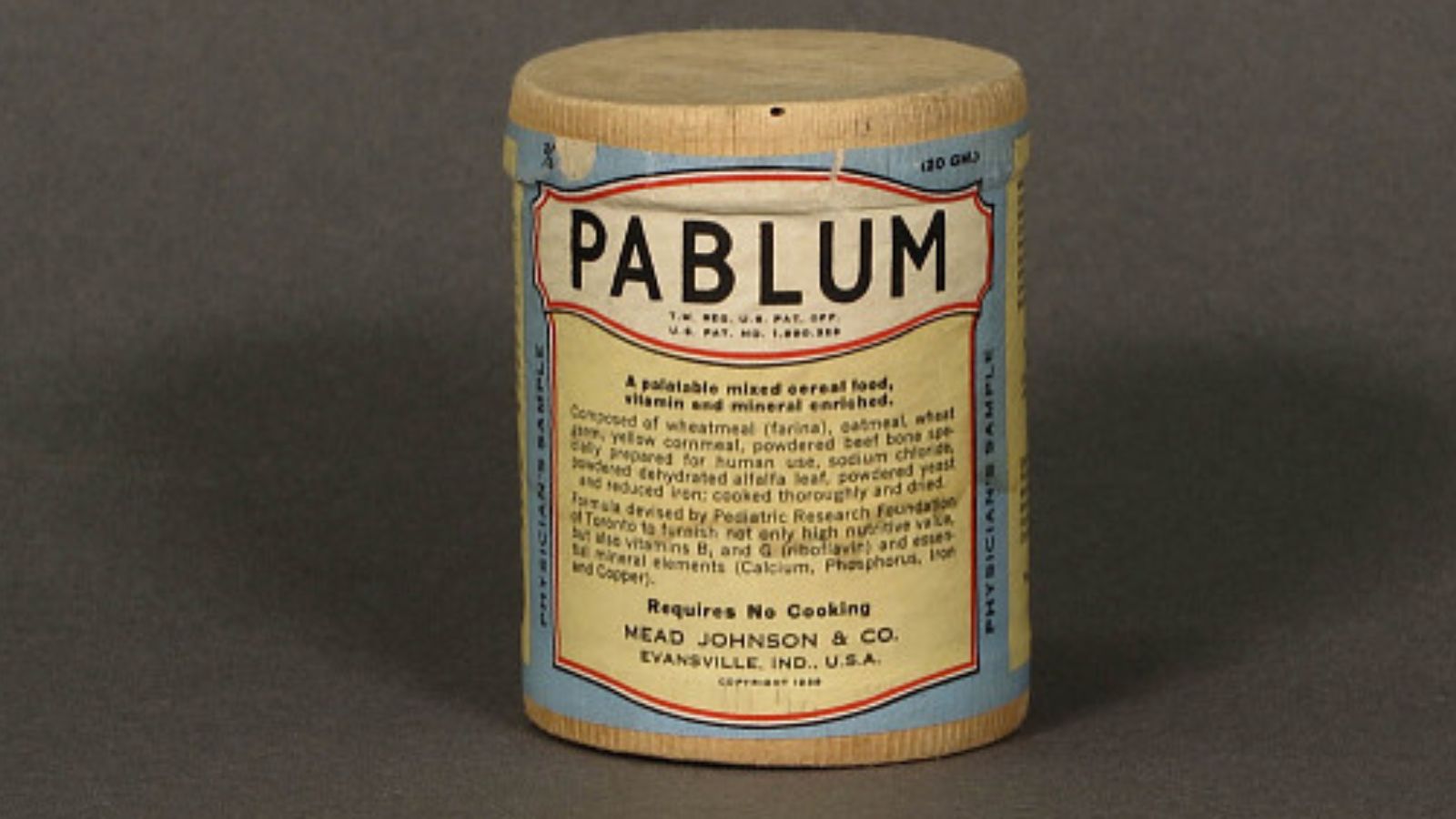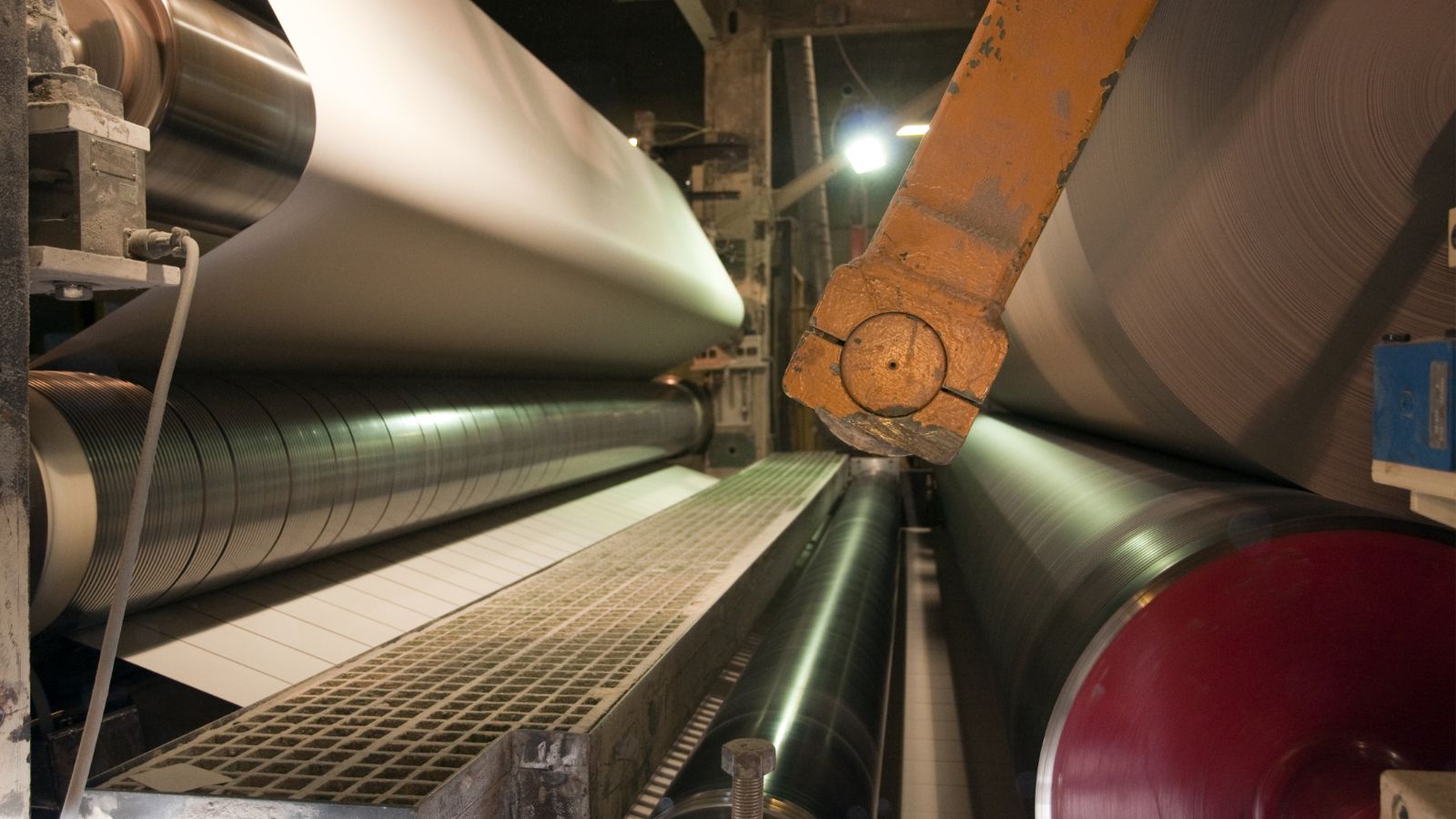Canada is often seen as the quiet neighbor to the south, but its influence and innovations reach much further than many realize. While the United States takes center stage on the world stage, Canadians have been making significant contributions across science, culture, diplomacy, and technology. Unfortunately, many of these achievements either go unrecognized or are mistakenly claimed by Americans. Here are 16 Canadian achievements Americans refuse to acknowledge.
The Creation of Insulin

In 1921, Canadian researchers Frederick Banting and Charles Best discovered insulin at the University of Toronto, revolutionizing diabetes treatment worldwide. This life-saving advancement has impacted millions globally and remains one of the most important medical discoveries in history. Yet, Americans often gloss over its Canadian origin or attribute it vaguely to “North American scientists.” The Nobel Prize went to Banting in 1923, but popular credit still tends to drift south of the border.
The Development of the Canadarm

The Canadarm, a robotic system developed by Canadian company SPAR Aerospace, became a critical component of NASA’s space shuttle program. Used in multiple missions, it handled satellites, space station modules, and helped build the International Space Station. While it proudly bore the Canadian flag on its arm, many assume it was a U.S. invention due to its deep integration with NASA missions.
The Birth of Basketball

Basketball may be embedded in American culture, but it was invented by Canadian James Naismith in 1891 while he was working in Massachusetts. Although the sport was created on U.S. soil, its inventor and the philosophy behind the game were distinctly Canadian. Naismith’s aim was to promote teamwork, discipline, and physical activity during winter months, values closely tied to Canadian education.
The Invention of the Electric Wheelchair

Canadian George Klein invented the electric wheelchair after World War II to help injured veterans regain independence and mobility. His innovation drastically improved quality of life for countless people with disabilities around the world. Despite this contribution, few outside of Canada associate the device with Canadian ingenuity. The electric wheelchair is now commonplace, but its roots remain largely unrecognized internationally.
Discovery of Stem Cells

In 1961, Canadian scientists James Till and Ernest McCulloch made the groundbreaking discovery of stem cells at the Ontario Cancer Institute. Their research paved the way for regenerative medicine and treatments that are now being explored for everything from Parkinson’s to spinal cord injuries. While stem cell research is often discussed as a global or American frontier, it was Canada that ignited the field. Their work reshaped modern biology, though they rarely get household-name recognition.
Establishment of Peacekeeping Forces

Canada played a foundational role in creating modern peacekeeping, particularly through former Prime Minister Lester B. Pearson’s efforts during the Suez Crisis in 1956. His proposal to deploy a UN peacekeeping force earned him the Nobel Peace Prize and changed the way international conflicts are approached. While peacekeeping is now seen as a broader United Nations effort, Canada was instrumental in defining and legitimizing its use. Yet this diplomatic innovation is seldom credited to its true originator.
The Avro Arrow

The Avro Arrow was an advanced Canadian fighter jet developed in the 1950s, far ahead of its time in speed, design, and technology. It was capable of flying faster than Mach 2 and had an altitude performance that stunned aerospace engineers. Though the project was controversially cancelled, it remains a symbol of what Canadian innovation could achieve. Many aviation enthusiasts even believe American pressure played a role in its demise, a hint at how threatening Canada’s technological edge was.
The First Internet Search Engine

Long before Google, a Canadian student named Alan Emtage created the world’s first search engine, called Archie, in 1990. Designed to help locate files on FTP servers, it laid the groundwork for future internet search capabilities. Despite this early milestone, few outside tech circles credit Canada for being at the forefront of digital organization. Emtage’s quiet revolution remains largely in the background of online history.
Universal Healthcare System

Canada’s universal healthcare system, built on accessibility and equality, is often discussed in American politics but rarely credited as a functioning Canadian model. While U.S. debates rage over public vs. private care, Canada has offered universal coverage for decades, improving health outcomes and reducing financial barriers. Its success is quietly admired but not openly acknowledged by American policymakers. In fact, it’s frequently dismissed or distorted in U.S. media to avoid drawing attention to its effectiveness.
The IMAX Film System

IMAX, known for its massive screens and immersive visuals, was developed in Canada in the late 1960s by a group of filmmakers and engineers. The company started in Ontario and quickly revolutionized large-format cinema. Although IMAX is now a global brand integrated into Hollywood blockbusters, many viewers assume it’s an American invention, but in reality, the technology and vision are entirely Canadian at heart.
Environmental Leadership in the Montreal Protocol

Canada was instrumental in spearheading the 1987 Montreal Protocol, an international treaty aimed at phasing out substances that deplete the ozone layer. The agreement is widely considered one of the most successful environmental treaties ever signed. While the U.S. participated, Canada’s role in shaping and advocating for strong environmental action was pivotal. But, environmental success stories are rarely attributed to Canadian diplomacy or leadership.
Pablum: The First Processed Baby Food

Developed by Canadian pediatricians in the 1930s, Pablum was the first processed baby food created to address widespread childhood malnutrition. Its introduction drastically improved infant health and nutrition standards across North America. While baby food is now a massive global industry, the credit for this pioneering development seldom returns to its Canadian origin. The simplicity and brilliance of Pablum’s design are a testament to Canadian foresight.
The First Newsprint Made from Wood Pulp

Canada revolutionized the newspaper industry by developing the first commercially viable newsprint made from wood pulp in the 19th century. This innovation dramatically lowered printing costs and increased access to news. While often seen as a global or industrial advancement, the roots trace directly back to Canadian forestry ingenuity. The achievement helped democratize information but is rarely highlighted in discussions about the press.
The Snowmobile

Joseph-Armand Bombardier, a Quebec mechanic, invented the first practical snowmobile in the 1930s to navigate deep Canadian snow. His invention would go on to revolutionize winter travel and recreation across northern climates. Snowmobiles are now integral to winter tourism, sports, and transportation, especially in rural areas. Yet few give credit to the Canadian mind behind this cold-weather innovation.
The Creation of Trivial Pursuit

One of the most beloved board games in the world, Trivial Pursuit was invented in 1979 by two Canadian journalists, Chris Haney and Scott Abbott. It quickly became a cultural phenomenon, selling millions of copies globally and becoming a staple in game night collections. Most people assume it’s a product of the American toy industry, especially since it was later acquired by Hasbro. But its origin story is proudly Canadian and reflects the country’s wit and creativity.
The Blackberry Smartphone

Before iPhones dominated the market, Canada’s Research In Motion (RIM) developed the Blackberry, one of the first mobile devices to offer secure email on the go. It became a staple for professionals and world leaders, including U.S. presidents. While it eventually lost market share, Blackberry pioneered mobile communication in ways that Apple and others later refined. Its contribution is often overlooked in the narrative of smartphone evolution.
21 Products Canadians Should Stockpile Before Tariffs Hit

If trade tensions escalate between Canada and the U.S., everyday essentials can suddenly disappear or skyrocket in price. Products like pantry basics and tech must-haves that depend on are deeply tied to cross-border supply chains and are likely to face various kinds of disruptions
21 Products Canadians Should Stockpile Before Tariffs Hit
